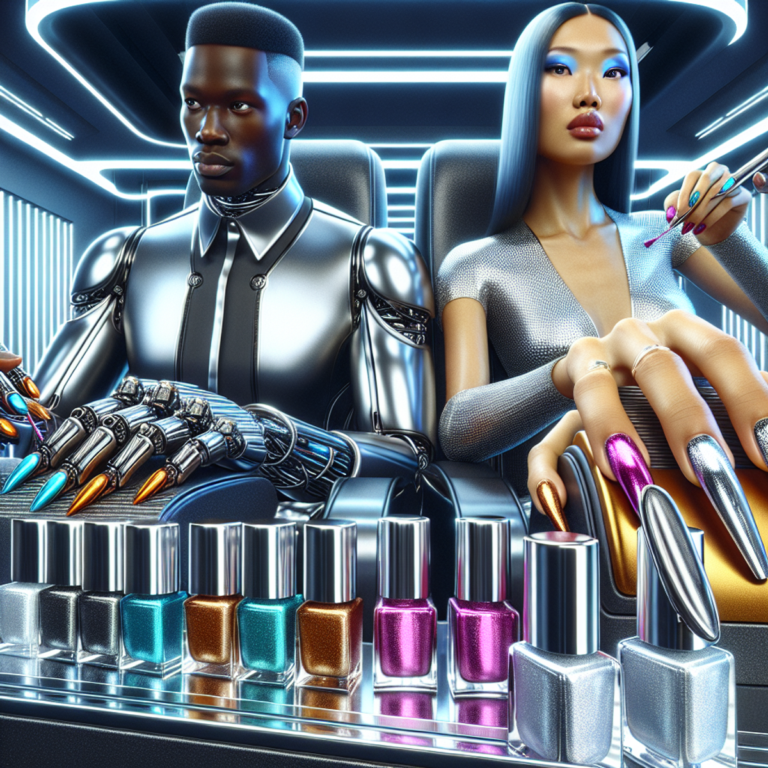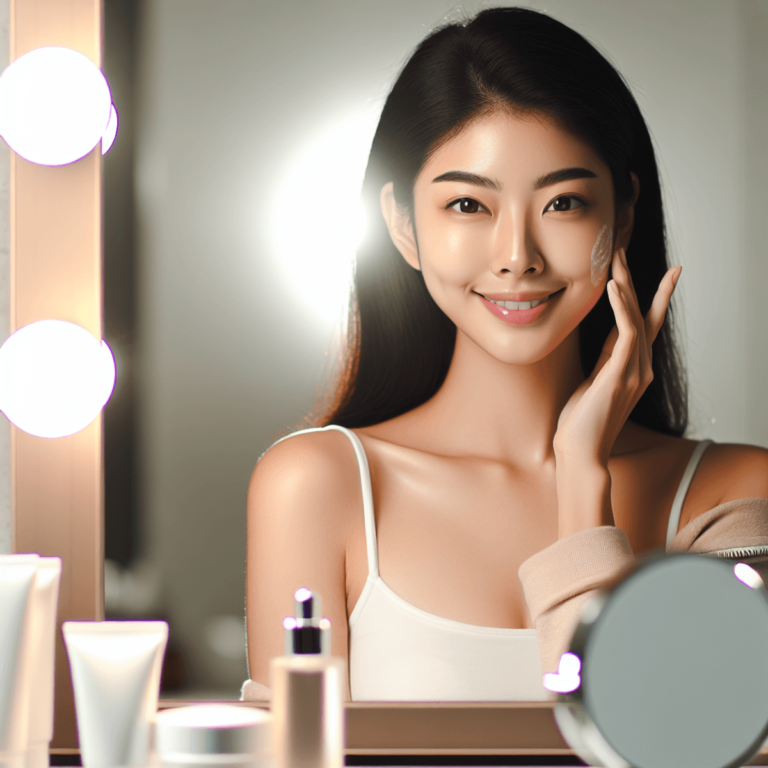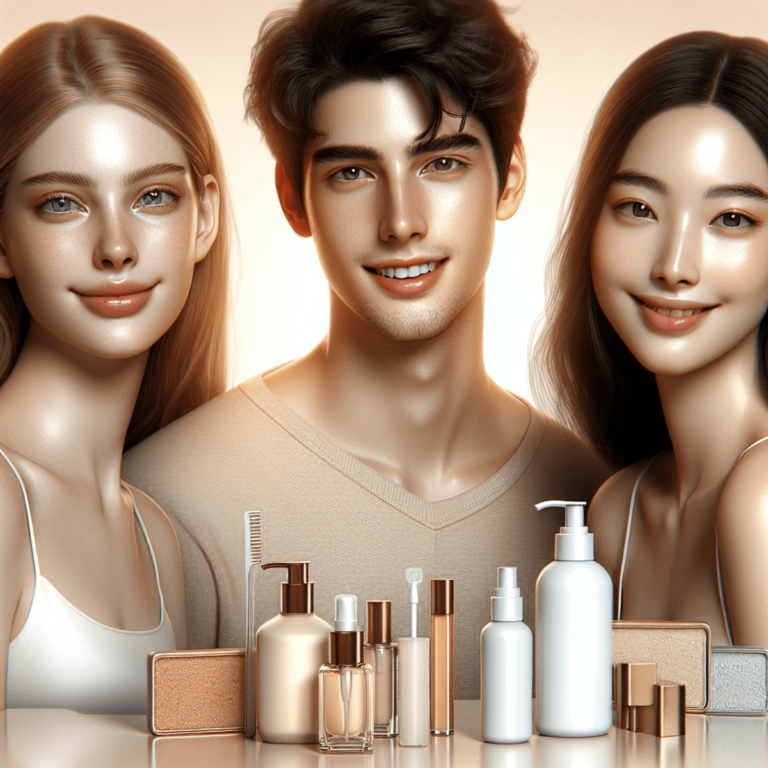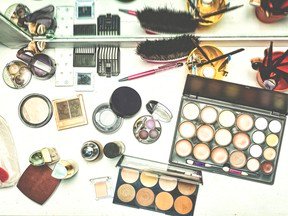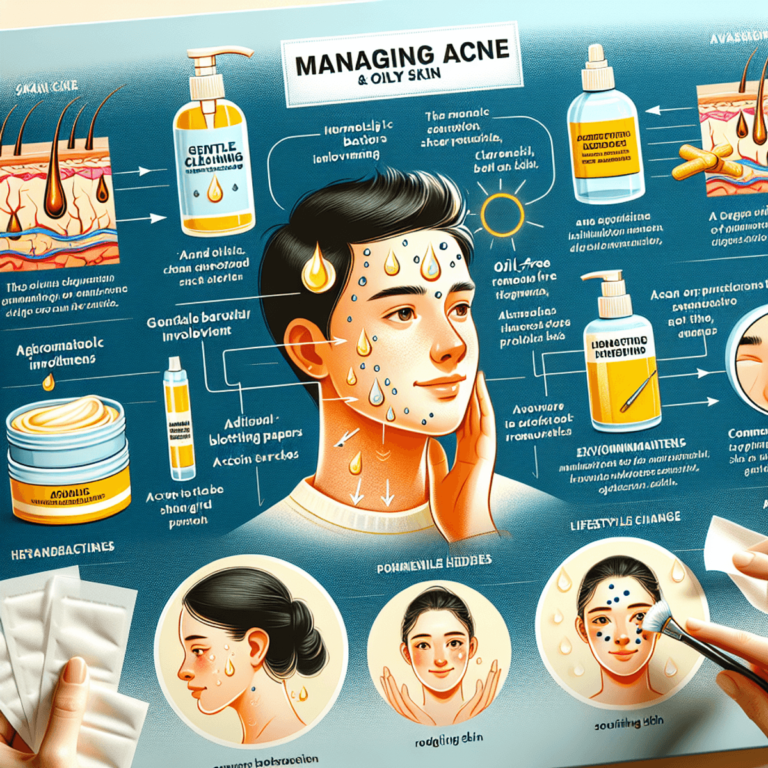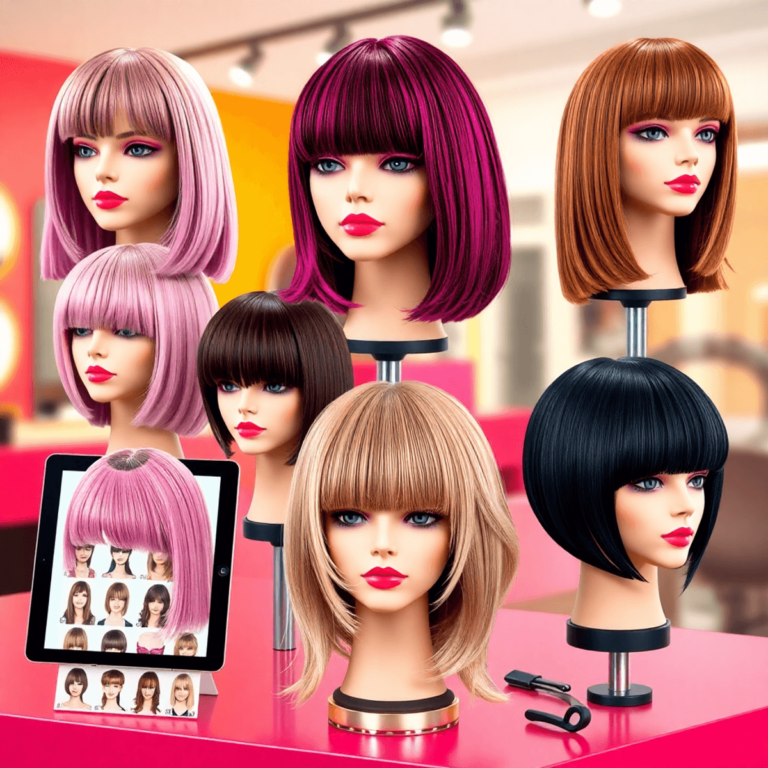How to Get Rid of Pimples on Nose?
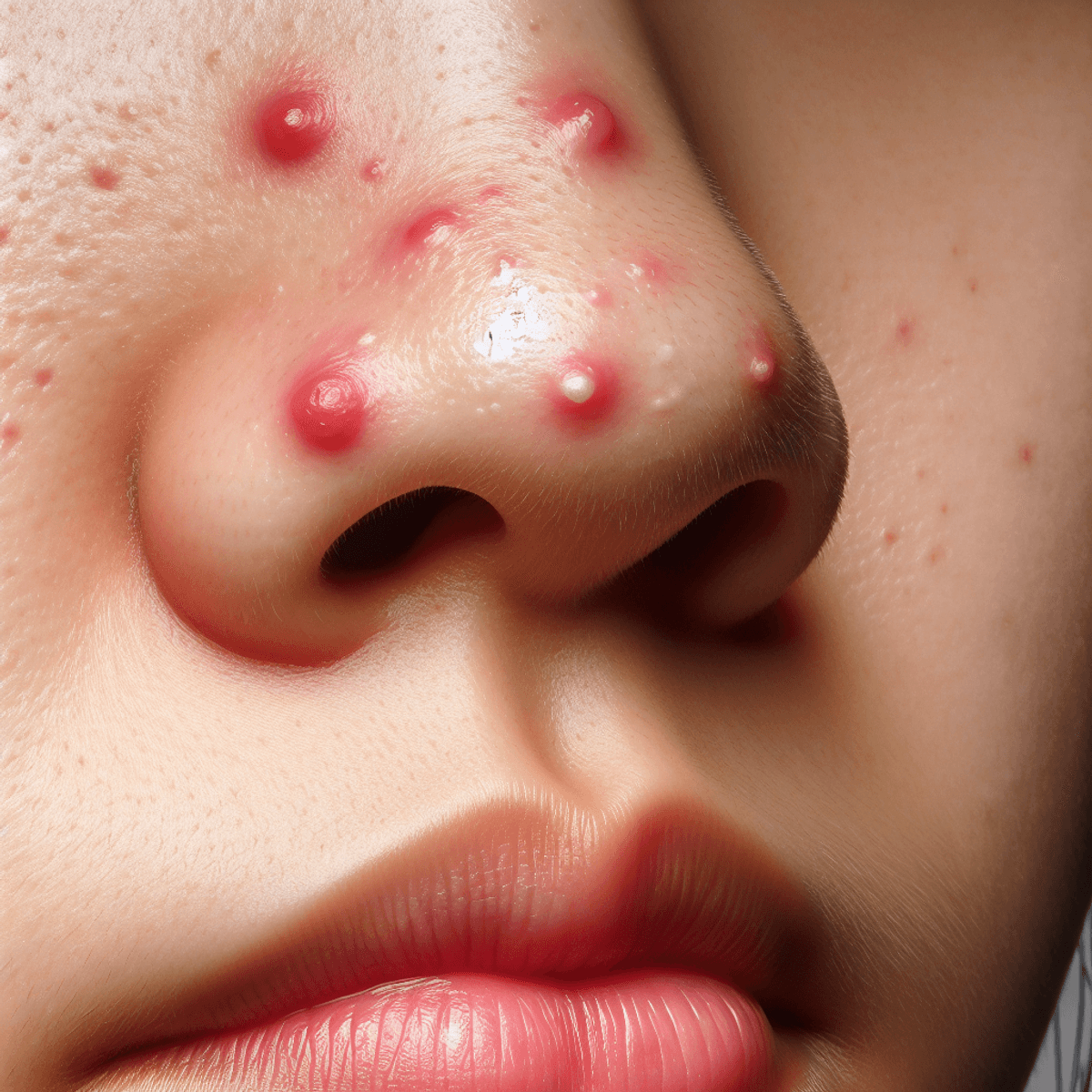
Introduction
Dealing with pimples on the nose can be particularly frustrating. Two main types of acne commonly occur in this area: acne vulgaris and acne rosacea.
- Acne vulgaris: This type includes whiteheads, blackheads, and pustules resulting from clogged pores due to excess oil, dead skin cells, and bacteria.
- Acne rosacea: Characterized by redness and inflamed bumps, this condition is less understood but may be linked to genetic factors.
Common causes for these breakouts include:
- Clogged pores: Resulting from a buildup of oil and dead skin cells.
- Excess oil production: Often influenced by hormonal fluctuations.
- Bacteria: Leading to inflammation and infection.
Addressing nasal pimples is essential not just for aesthetic reasons but also for health. If left untreated, these pimples can lead to scarring or more severe infections. Understanding the underlying causes helps in selecting the most effective treatment options.
Understanding Pimples on the Nose
Acne Vulgaris
Acne vulgaris is a common skin condition that affects many people, often showing up as whiteheads, blackheads, and pustules. On the nose, these spots usually happen because of clogged pores caused by too much oil production, dead skin cells, and bacteria. This kind of acne is usually most common during teenage years but can continue into adulthood. The nose is especially prone to acne vulgaris because it has a lot of oil glands, which produce the oil that can block pores.
Acne Rosacea
Acne rosacea is another type of acne that mainly affects adults, marked by redness and inflamed bumps. Unlike acne vulgaris, which involves blocked pores and bacterial growth, the exact cause of rosacea isn’t clear but is thought to be related to genetic factors and immune system issues. Symptoms specific to rosacea affecting the nose include constant redness, visible blood vessels, and swollen skin. These symptoms can sometimes lead to a condition known as rhinophyma, where the skin on the nose thickens and becomes bulbous.
Contributing Factors
Several factors contribute to the development of pimples on the nose:
- Hormonal Changes: Changes in hormone levels, especially during puberty or menstrual cycles, can increase oil production leading to clogged pores.
- Stress Levels: Elevated stress levels can make acne worse by causing hormonal imbalances that increase oil production.
- Genetic Predisposition: Your family history plays a significant role in your likelihood of developing both acne vulgaris and acne rosacea.
Understanding these underlying causes can help you better address how to remove pimples on the nose effectively. By recognizing these factors and implementing preventive measures tailored to your specific type of acne, you can improve your chances of achieving clearer skin.
Effective Treatment Options for Pimples on the Nose
Over-the-Counter Treatments
Benzoyl Peroxide:
Benzoyl peroxide is a widely-used topical treatment for acne, including pimples on the nose. It works by:
- Killing bacteria: Benzoyl peroxide is effective at reducing the Propionibacterium acnes bacteria that contribute to acne.
- Removing excess oil: It helps reduce sebum production, preventing clogged pores.
- Exfoliating dead skin cells: This ensures that the pores remain clear, reducing the chances of new pimples forming.
When using benzoyl peroxide on nasal pimples, start with a lower concentration (2.5% to 5%) to minimize irritation. Apply it once daily and gradually increase usage as your skin adapts.
Salicylic Acid:
Salicylic acid is another popular over-the-counter treatment that specifically targets clogged pores. Its benefits include:
- Unclogging pores: Salicylic acid is a beta-hydroxy acid (BHA) that penetrates deep into the pores to dissolve excess oil and debris.
- Reducing inflammation: It has anti-inflammatory properties that help calm redness and swelling associated with pimples.
- Promoting exfoliation: By removing dead skin cells, salicylic acid prevents pore blockages that can lead to pimples.
To use salicylic acid effectively, look for products with concentrations between 0.5% to 2%. Apply it directly to the affected area once or twice daily.
Recommendations for OTC Products:
Choosing the right over-the-counter product can significantly impact how quickly and effectively you can get rid of nasal pimples. Some recommended products include:
- Neutrogena On-The-Spot Acne Treatment: Contains 2.5% benzoyl peroxide, ideal for sensitive skin.
- Clean & Clear Advantage Acne Spot Treatment: Features 2% salicylic acid to target breakouts without over-drying the skin.
- La Roche-Posay Effaclar Duo Dual Action Acne Treatment Cream: Combines benzoyl peroxide and lipo-hydroxy acid (LHA) for comprehensive acne treatment.
Always perform a patch test before applying any new product extensively to ensure you do not have an adverse reaction. Use these treatments consistently as part of your skincare routine for best results in managing pimples on your nose.
By understanding the benefits of benzoyl peroxide and salicylic acid, and selecting suitable OTC products, you can take meaningful steps towards clearer skin on your nose.
Natural Remedies for Pimples on Nose
When thinking about how to get rid of pimples on the nose, natural remedies offer a gentle approach compared to traditional topical treatments like benzoyl peroxide and salicylic acid.
1. Tea Tree Oil
Tea tree oil is known for its antibacterial properties. Applying a diluted solution directly to the pimple can help reduce inflammation and kill acne-causing bacteria.
2. Aloe Vera
Aloe vera is another popular remedy. Known for its soothing and anti-inflammatory effects, aloe vera gel can be applied directly to the affected area to promote healing and reduce redness.
3. Honey and Cinnamon Mask
A honey and cinnamon mask combines the antibacterial properties of honey with the anti-inflammatory benefits of cinnamon. This mixture can be applied to the nose for about 10-15 minutes before rinsing off with warm water.
Benefits of Using Natural Remedies
- Gentle on Skin: Natural treatments are typically less harsh, reducing the risk of irritation or dryness.
- Accessible and Affordable: These remedies are often readily available in your kitchen or local store.
- Fewer Side Effects: Lower likelihood of adverse reactions compared to synthetic products.
Drawbacks of Home Remedies
- Inconsistent Results: Effectiveness can vary from person to person.
- Slower Progress: May take longer to see noticeable improvements compared to OTC treatments.
- Potential Allergies: Some natural ingredients might still cause allergic reactions in sensitive individuals.
Exploring these alternatives allows you to find a method that suits your skin type while addressing nasal pimples effectively.
When to Consult a Dermatologist?
Persistent nasal pimples that do not respond to typical treatments like benzoyl peroxide or salicylic acid may require professional intervention. A dermatologist can provide tailored advice and advanced treatment options to effectively tackle stubborn acne on the nose.
When to seek professional help:
- Prolonged Acne: If pimples persist for several weeks despite using over-the-counter topical treatments.
- Severe Inflammation: Noticeable swelling, redness, or pain that doesn’t subside with standard care.
- Frequent Recurrences: Repeated outbreaks in the same area, indicating a deeper issue.
- Scarring Concerns: If you’re worried about potential scarring from persistent pimples.
A dermatologist can evaluate your skin condition and recommend specialized treatments, such as cortisone injections or blue light therapy, to provide rapid relief and long-term solutions.
Professional Treatments
When over-the-counter options like benzoyl peroxide and salicylic acid do not yield the desired results, professional treatments offer powerful alternatives. Two notable methods include cortisone injections and blue light therapy.
Cortisone Injections
Cortisone injections are an effective treatment for rapid relief from painful or inflamed nasal pimples. This procedure involves a dermatologist injecting a corticosteroid directly into the pimple, which dramatically reduces inflammation and speeds up healing. This method is particularly beneficial for cystic acne or large, stubborn pimples that do not respond to topical treatments.
Blue Light Therapy
Blue light therapy targets acne-causing bacteria beneath the skin’s surface. Utilizing specific wavelengths of light, this treatment can reduce the number of active lesions on your nose. It is a non-invasive option suitable for individuals looking to minimize breakouts without harsh chemicals. Sessions are typically quick, painless, and require no downtime, making it a convenient choice for many.
Both cortisone injections and blue light therapy provide effective solutions for how to get rid of pimples on the nose when traditional methods fall short.
Skincare Routine to Prevent Pimples on the Nose
Daily Cleansing Practices
Maintaining good facial hygiene is essential in preventing pimples on the nose. Regular cleansing helps remove excess oil, dirt, and dead skin cells that can clog pores and lead to acne.
Key practices include:
- Cleansing twice daily: Washing your face once in the morning and once before bedtime ensures that impurities accumulated throughout the day are removed. This simple routine can significantly reduce the risk of developing nasal pimples.
- Using lukewarm water: Hot water can strip your skin of its natural oils, while cold water may not effectively remove dirt and oil. Lukewarm water strikes the perfect balance.
- Patting your face dry: Instead of rubbing your face with a towel, gently pat it dry to avoid irritation.
For those prone to oily skin or frequent breakouts, opting for a gel-based cleanser is beneficial. These cleansers are specifically formulated to target excess oil without causing irritation or dryness.
Recommended Gel-Based Cleansers:
- Neutrogena Oil-Free Acne Wash: Contains salicylic acid to help unclog pores and prevent future breakouts.
- Cetaphil DermaControl Oil Control Foam Wash: Designed for sensitive skin, this foam wash removes oil while maintaining the skin’s natural moisture barrier.
- La Roche-Posay Effaclar Purifying Foaming Gel: Suitable for oily and acne-prone skin, this gel cleanser purifies the skin without stripping essential moisture.
Incorporating a gel-based cleanser into your daily skincare routine can improve facial hygiene by effectively managing oil production and maintaining clear pores. By adhering to these daily cleansing practices, you establish a strong foundation for preventing pimples on the nose and promoting overall skin health.
Avoiding Common Mistakes That Can Worsen Nasal Pimples
Understanding how to get rid of pimples on the nose involves recognizing common missteps that can exacerbate the problem. Here are some pitfalls to avoid:
- Picking or Squeezing Pimples: This habit can lead to potential scarring or infection. The skin on your nose is sensitive, and picking at pimples introduces bacteria from your hands, worsening inflammation.
- Using Harsh Home Remedies: Commonly suggested solutions like toothpaste may seem like quick fixes, but they can irritate the skin. Ingredients in toothpaste are not formulated for facial use and can cause redness or burns.
- Overusing Exfoliating Products: While exfoliation helps remove dead skin cells, overdoing it strips the skin’s natural oils. This leads to increased oil production and more clogged pores.
Adopting a proper skincare routine, which includes using gel-based cleansers specifically designed to manage excess oil without irritation, is crucial. Maintaining good facial hygiene and avoiding these mistakes will help you effectively manage nasal acne without causing additional issues.
Lifestyle Changes to Enhance Skin Health
Managing Stress Levels Effectively
Stress has a significant impact on skin health, often exacerbating acne conditions like those occurring on the nose. When you experience stress, your body releases cortisol and other stress hormones, which can increase oil production in the skin, leading to clogged pores and acne breakouts. Managing stress effectively is crucial for maintaining clear skin.
Practical techniques for managing stress include:
- Regular Exercise: Physical activity helps reduce stress hormones and increases endorphins, which can improve mood and reduce stress. Aim for at least 30 minutes of moderate exercise most days of the week.
- Mindfulness Practices: Techniques such as meditation, yoga, and deep-breathing exercises can help calm the mind and reduce stress levels. Even dedicating just a few minutes a day to these practices can have a positive effect.
- Adequate Sleep: Quality sleep is essential for overall health and well-being. Aim for 7-9 hours of sleep per night to allow your body to recover from daily stressors.
- Healthy Diet: Consuming a balanced diet rich in fruits, vegetables, lean proteins, and whole grains supports overall health, including skin health. Foods high in antioxidants and vitamins can help combat the effects of stress on the skin.
- Time Management: Organizing your tasks and responsibilities effectively can reduce feelings of being overwhelmed. Prioritize your tasks and create a manageable schedule to avoid unnecessary stress.
By incorporating these stress management techniques into your daily routine, you can help minimize the impact of stress on your skin and reduce the occurrence of pimples on the nose. Emphasizing a holistic approach to skincare that includes both external treatments and internal wellness practices can lead to more effective results in maintaining clear, healthy skin.
Maintaining a Balanced Diet For Healthy Skin
Healthy skin isn’t just about what you put on it; it’s also about what you consume. Certain dietary changes can significantly help those prone to getting pimples on the nose.
1. Cut Down on Sugar
Reducing sugar intake is crucial. High sugar levels can spike insulin, leading to increased oil production and clogged pores. Opt for low-glycemic foods like whole grains, vegetables, and legumes which help maintain balanced blood sugar levels.
2. Include Omega-3 Fatty Acids
Including omega-3 fatty acids in your diet can reduce inflammation and promote healthier skin. Foods rich in omega-3s include:
- Fatty fish (salmon, mackerel)
- Flaxseeds
- Walnuts
3. Eat Antioxidant-Rich Foods
Antioxidant-rich foods combat free radicals and support skin health. Berries, nuts, leafy greens, and dark chocolate are excellent choices.
4. Stay Hydrated
Hydration plays a vital role in maintaining clear skin. Drinking plenty of water helps flush out toxins and keeps your skin hydrated.
5. Minimize Dairy Consumption
Lastly, minimizing dairy consumption may help some individuals as dairy products have been linked to increased acne severity in certain people due to hormones present in milk.
Adapting these dietary habits can create a foundation for clearer skin, addressing not just pimples on the nose but overall facial acne.
Long-Term Strategies for Maintaining Clear Skin
It’s important to keep up the results from treatments and preventive measures for lasting skin health. Here are some key considerations to ensure your skin remains clear and healthy:
1. Consistent Skincare Routine
Stick to a daily skincare routine that includes cleansing, moisturizing, and applying any necessary treatments consistently.
2. Regular Exfoliation
Regularly exfoliate to remove dead skin cells that can clog pores. Choose gentle exfoliants suitable for your skin type.
3. Hydration
Keep your skin hydrated by using a non-comedogenic moisturizer that won’t clog pores.
4. Healthy Lifestyle Choices
Incorporate a balanced diet and regular exercise into your routine. Reduce sugar intake and consume foods rich in antioxidants for clearer skin.
5. Sun Protection
Protect your skin from sun damage by using a broad-spectrum sunscreen every day.
6. Avoiding Irritants
Avoid harsh home remedies and overuse of exfoliating products, as they can irritate the skin.
7. Stress Management
Practice stress-reducing techniques like meditation or yoga to maintain hormonal balance and reduce the likelihood of acne flare-ups.
By incorporating these strategies into your daily life, you can effectively maintain the results of your treatments and enjoy healthier, clearer skin in the long run.
FAQs (Frequently Asked Questions)
What are the different types of acne that can occur on the nose?
The two main types of acne that can occur on the nose are acne vulgaris and acne rosacea. Acne vulgaris is characterized by clogged pores, while acne rosacea presents specific symptoms such as redness and visible blood vessels.
What causes pimples on the nose?
Pimples on the nose can be caused by various factors, including clogged pores, excess oil production, hormonal fluctuations, stress levels, and bacteria. Understanding these causes is essential for effective treatment.
What over-the-counter treatments are effective for nasal pimples?
Effective over-the-counter treatments for nasal pimples include benzoyl peroxide, which helps to kill bacteria and reduce inflammation, and salicylic acid, which unclogs pores. Specific OTC products formulated for nasal application are recommended for best results.
When should I consult a dermatologist about my nasal pimples?
You should consult a dermatologist if your nasal pimples persist despite using over-the-counter treatments or if they cause significant discomfort or pain. Professional help can provide more targeted treatment options.
How can I maintain a skincare routine to prevent pimples on my nose?
To prevent pimples on the nose, it’s important to maintain good facial hygiene by using gel-based cleansers that remove excess oil without irritation. Additionally, avoid common mistakes like picking at pimples or using harsh products that can exacerbate the issue.
What lifestyle changes can support clearer skin?
Managing stress effectively and maintaining a balanced diet can significantly impact skin health. Techniques such as mindfulness or exercise can reduce stress levels, while dietary changes like reducing sugar intake may help prevent the development of nasal pimples.


